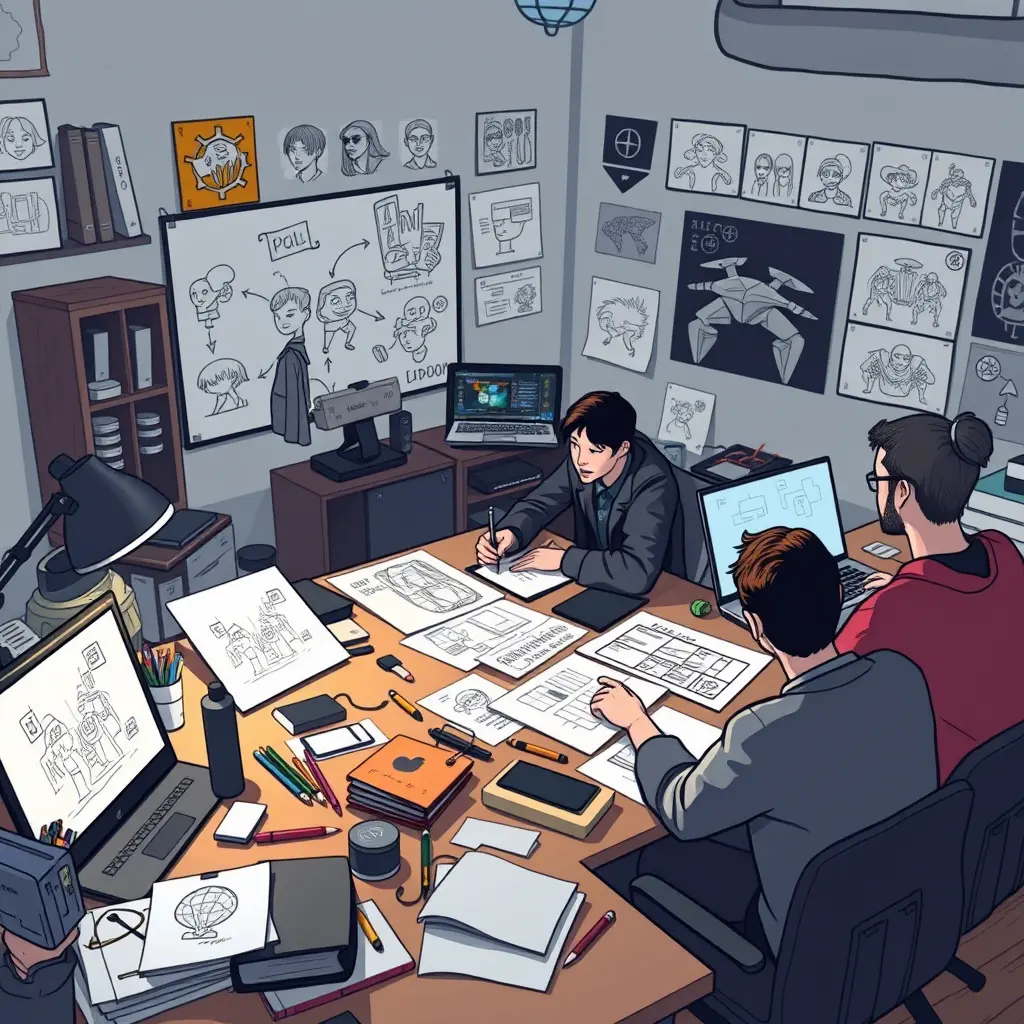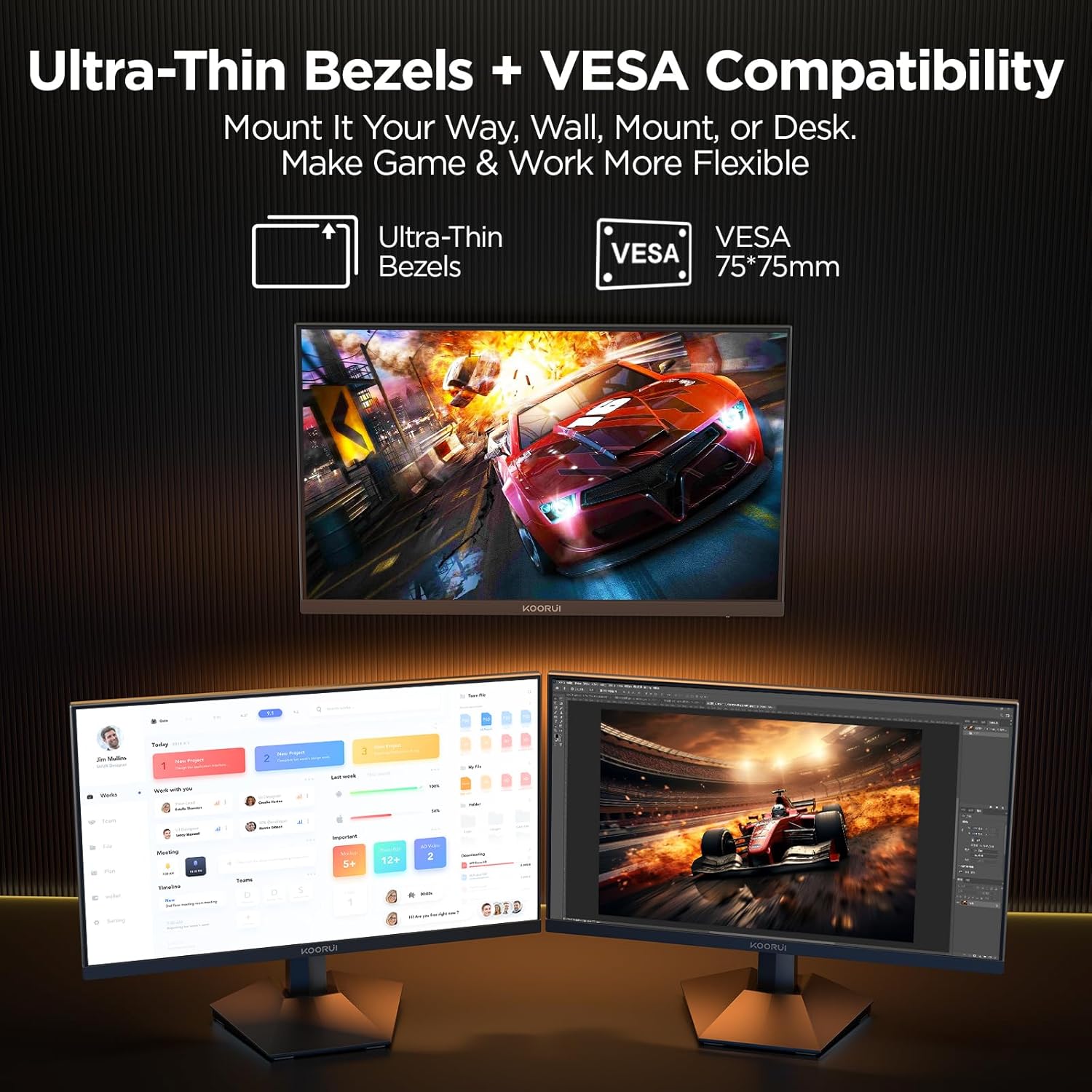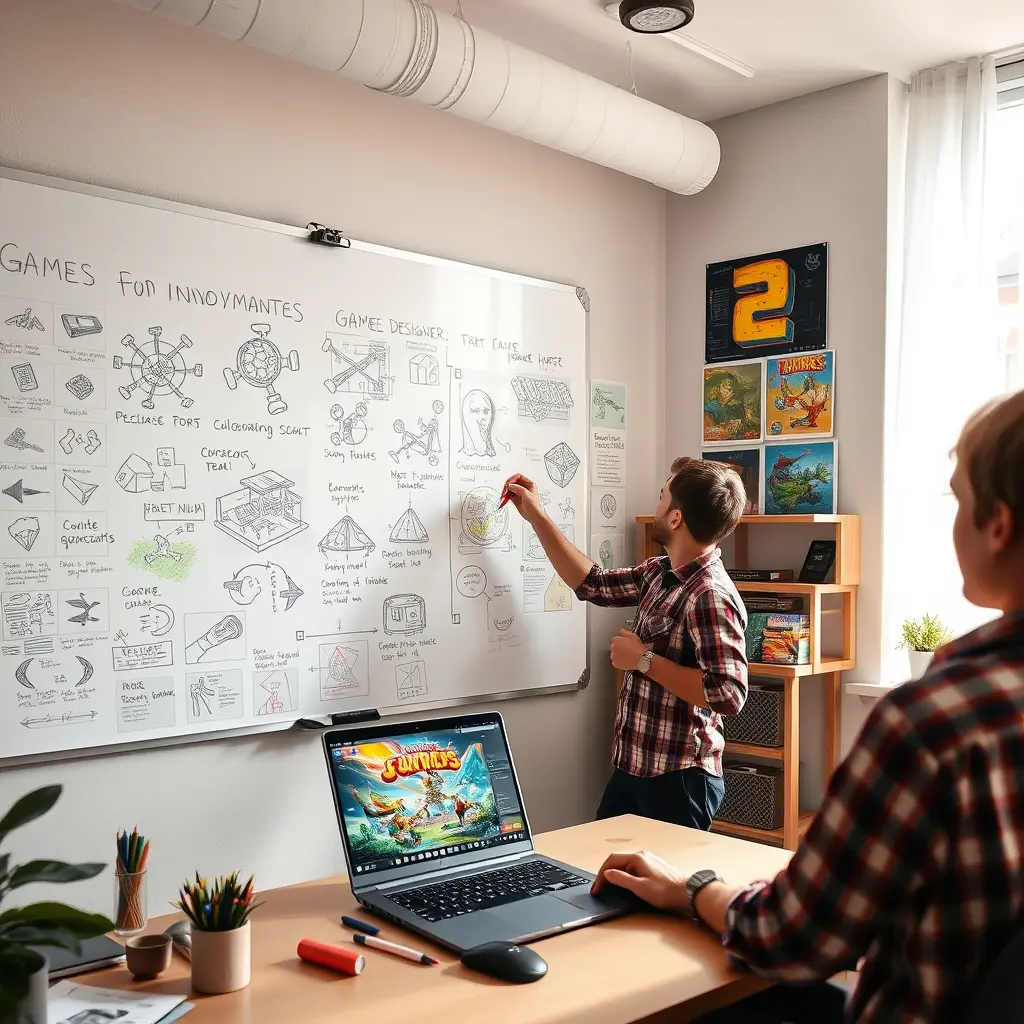
Landing a game designer job in today’s competitive gaming industry takes more than creativity—you need the right blend of skills, strategy, and personal branding. Whether you’re a recent graduate or pivoting into game design from another field, these tips will help you stand out and move closer to your dream role.
In this guide, you’ll discover 7 proven tips to get hired as a game designer, straight from industry standards and hiring trends.
Want to dive deeper? Check out our full resource on Game Design & Art Careers.
Why a Game Designer Job Is So Competitive
With the gaming industry booming across platforms—PC, console, mobile, and VR—the demand for talented designers has never been higher. But so has the competition.
Game studios look for candidates who don’t just dream up cool mechanics but can also collaborate, prototype, and iterate under pressure.
7 Best Tips to Land Your Dream Game Designer Job
1. Build a Killer Portfolio
✅ Showcase 2–4 playable game projects
✅ Include clear explanations of your design decisions
✅ Show diversity: puzzles, combat systems, level design, UI/UX, etc.
Your portfolio is your #1 selling tool. Employers want to see what you’ve actually built, not just what you say you can do.
💡 Tip: Use tools like Unity, Unreal Engine, or even tabletop prototypes to show design skills.
2. Learn the Tools of the Trade
✅ Master engines like Unity or Unreal Engine
✅ Understand tools like Figma, Trello, Miro, or Notion for design documentation
✅ Get hands-on with level editors, narrative tools, and scripting basics
Game designers don’t always code, but technical literacy is a huge advantage—especially in small teams.
3. Write a Game-Specific Resume
✅ Tailor your resume for game design roles, not generic tech jobs
✅ Highlight collaborative projects and key outcomes
✅ Mention genres, mechanics, or systems you’ve worked on
Use game design language. Terms like “player progression,” “core loop,” and “playtesting” show you speak the industry’s vocabulary.
4. Network with Industry Professionals
✅ Join game dev communities on Discord, Reddit, and LinkedIn
✅ Attend local or online game jams, conferences, and meetups
✅ Follow game designers on Twitter and interact genuinely
Most game designer jobs are filled through networks. Start building yours today—even before you feel “ready.”
5. Start with Game Jams & Indie Projects
✅ Participate in Ludum Dare, Global Game Jam, or Itch.io events
✅ Collaborate with artists, coders, and writers to build actual games
✅ Use these projects in your portfolio and interviews
Game jams show you’re proactive, creative under pressure, and able to finish a project—qualities studios love.
6. Understand Game Design Theory
✅ Study mechanics, dynamics, and aesthetics (MDA)
✅ Learn about level design, player feedback loops, and onboarding
✅ Read books like “Rules of Play” or “The Art of Game Design”
Designers who understand why a system works are always more valuable than those who just imitate.
7. Prepare for the Game Design Interview
✅ Be ready to analyze a game system or redesign a mechanic
✅ Bring examples from your own projects
✅ Practice whiteboard sessions or design prompts
Employers may ask:
“How would you improve the onboarding of X game?”
“Design a system for in-game currency in a racing game.”
Show how you think—step-by-step logic is more important than flashy answers.
Bonus: What Employers Look for in a Game Designer
- Clear communication skills
- Passion for both games and players
- Team collaboration and iteration mindset
- Design thinking & systems analysis
- Awareness of platform limitations (mobile vs console, etc.)
Final Thoughts
Getting a game designer job takes more than raw creativity—it requires focus, effort, and a strategic approach to both skill-building and networking. Follow these 7 tips, and you’ll be miles closer to designing your first published game.
👉 Want a ready-to-use game designer resume template or portfolio checklist? Explore more in our Game Careers Toolkit.

KOORUI
KOORUI 24.5 Inch Gaming Monitor 200Hz, 1ms, FHD(1920 * 1080p) IPS Display, HDR400, 90% DCI-P3 Color Gamut with Adaptive Sync, HDMI & DP Port, Black, G2511P
Stefan\'s Body Mechanics Workflow
If you’ve been frustrated with the traditional 3D body mechanics workflows that are often promoted by online schools and tutorials, keep reading—I’ve got some exciting news for you.
Articles
- Is Construct 3 Subscription Based? How Can You Cancel It?
- How to Create 7 Fun Secret Code Activities for Kids at Home
- Game Developer Salary Guide: 2024 Rates & Career Growth
- Unleash Nostalgic Fun with the Toynk ’80s Game Room Game Room Puzzle by Rachid Lotf
- Quick & Easy FRC Game Tools Download for a Smooth 2025 Season

